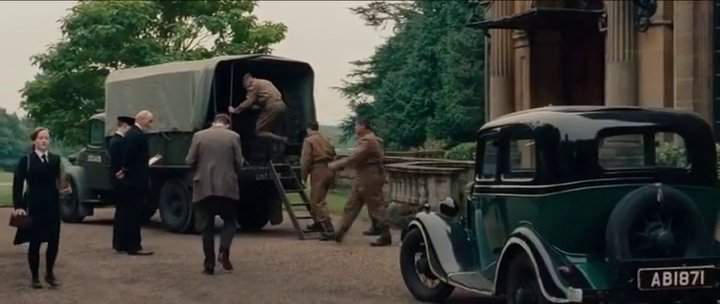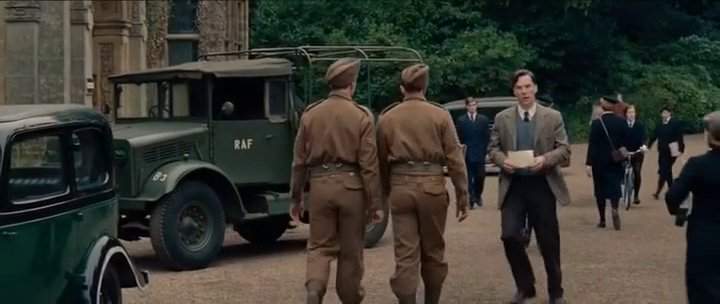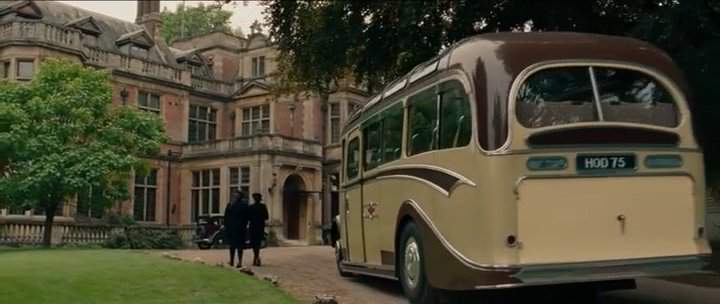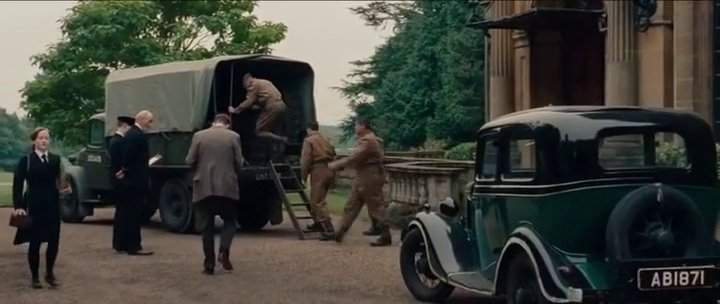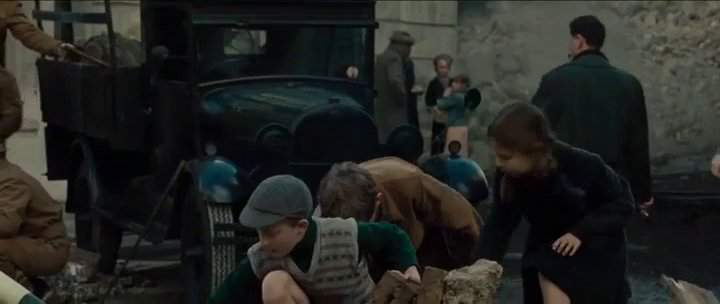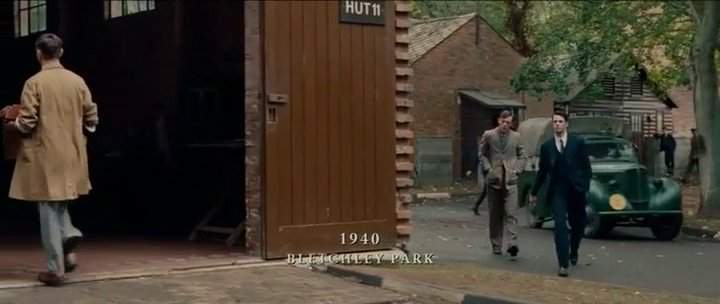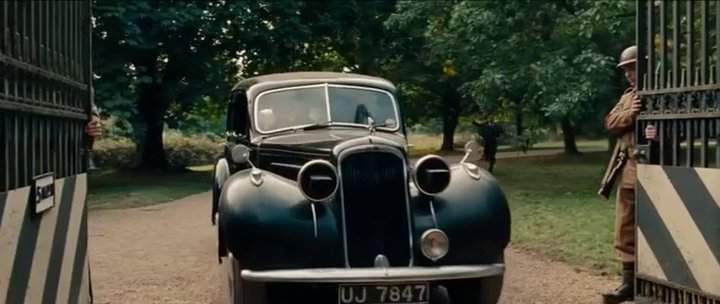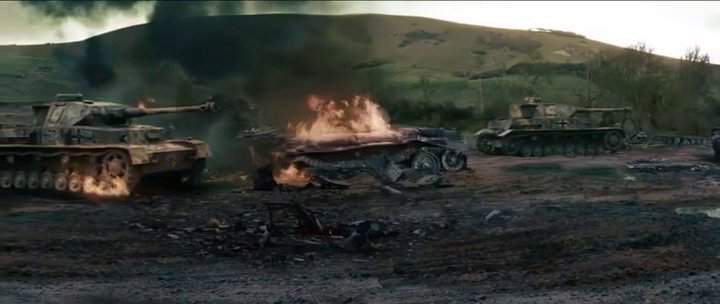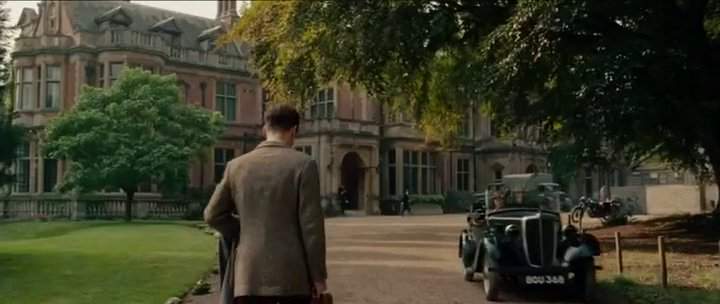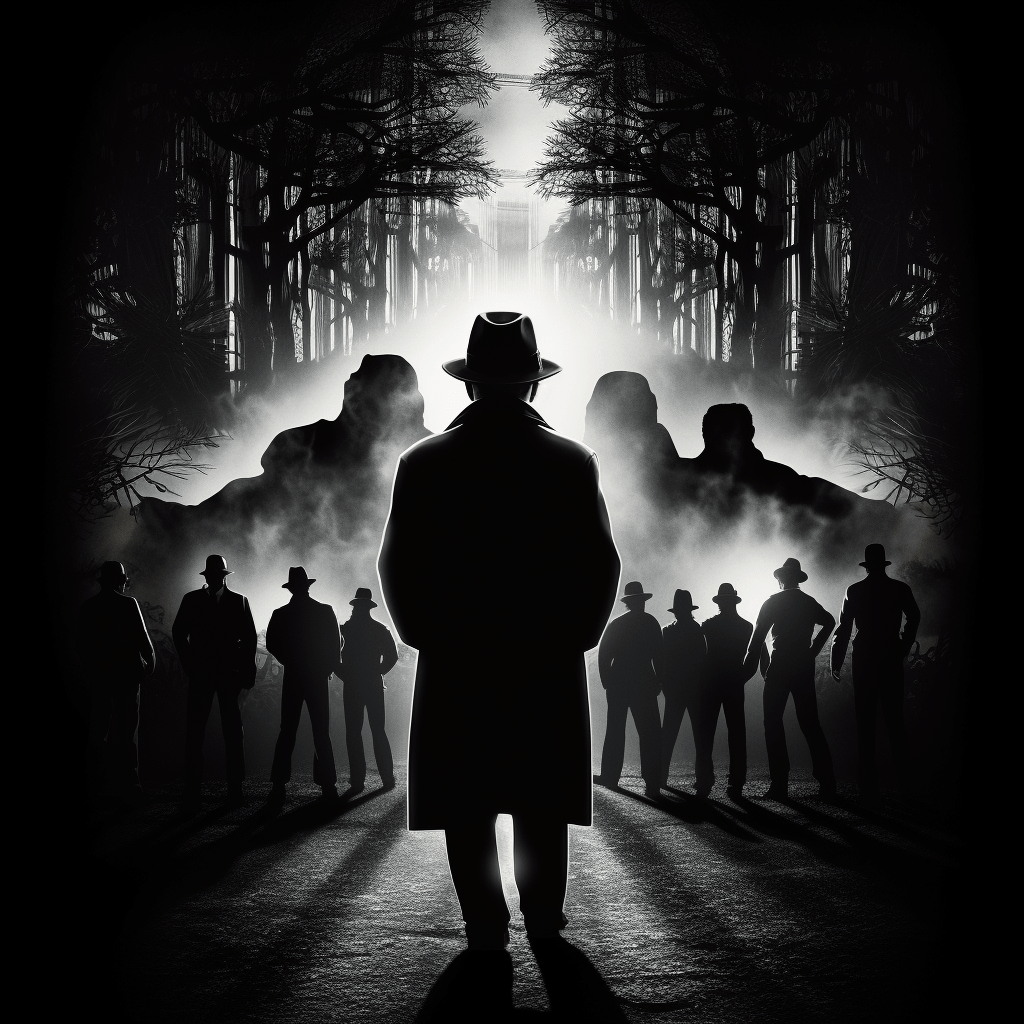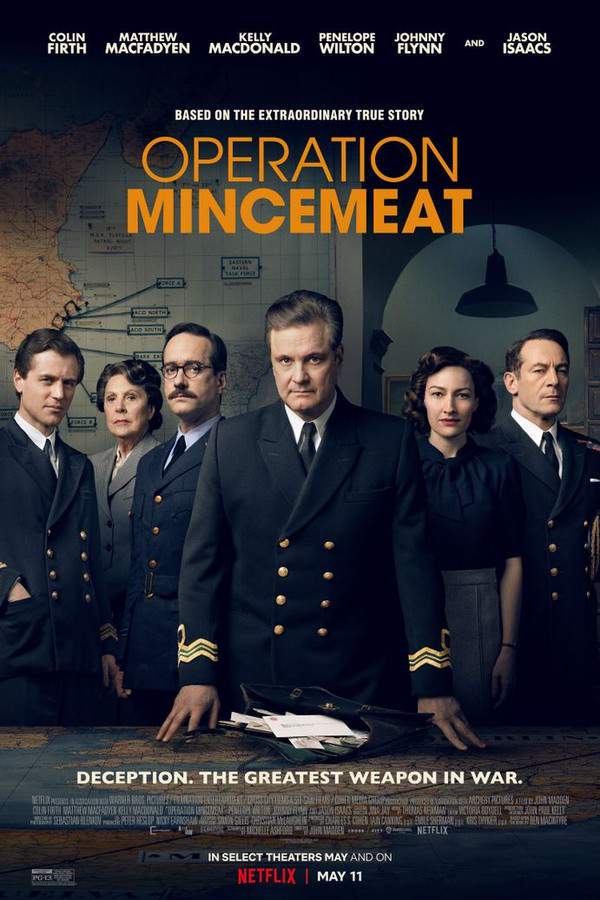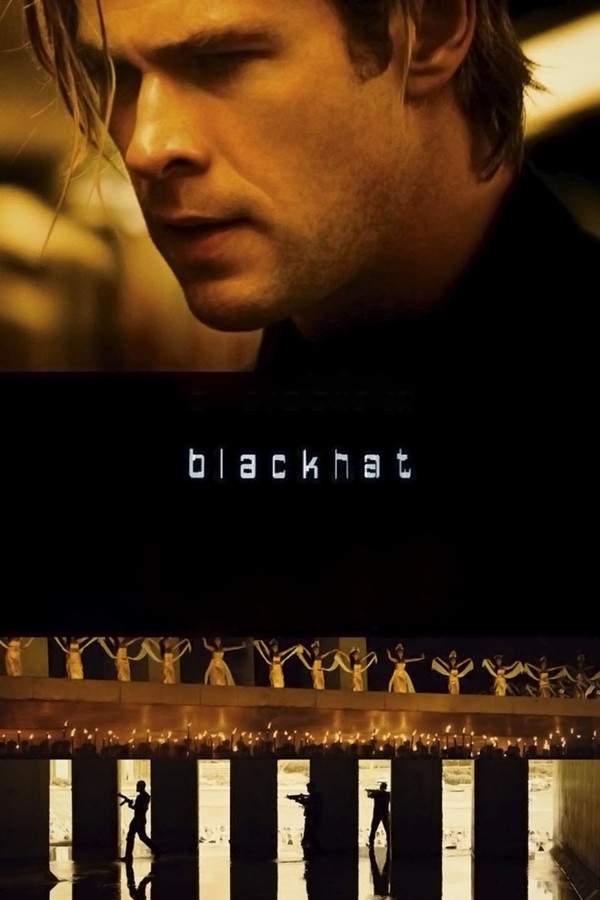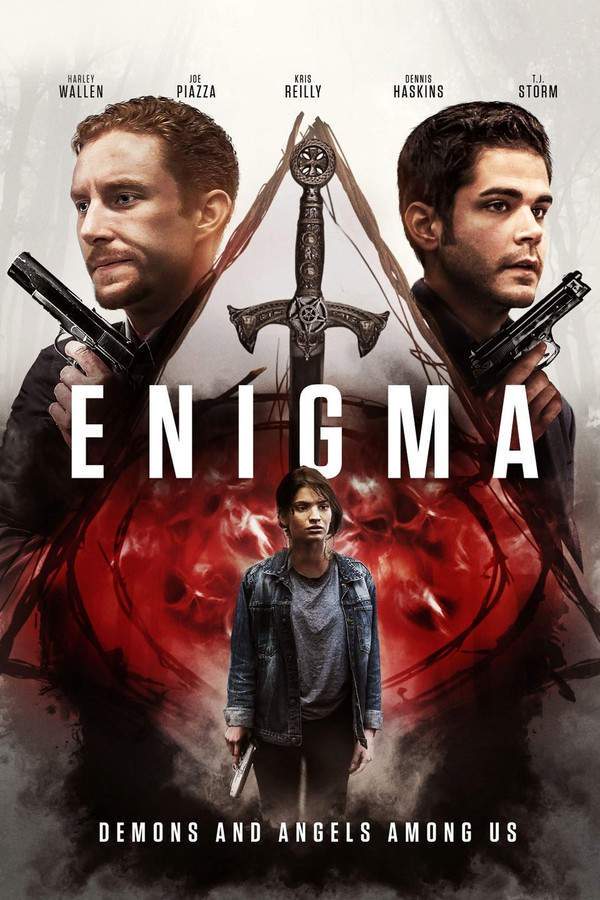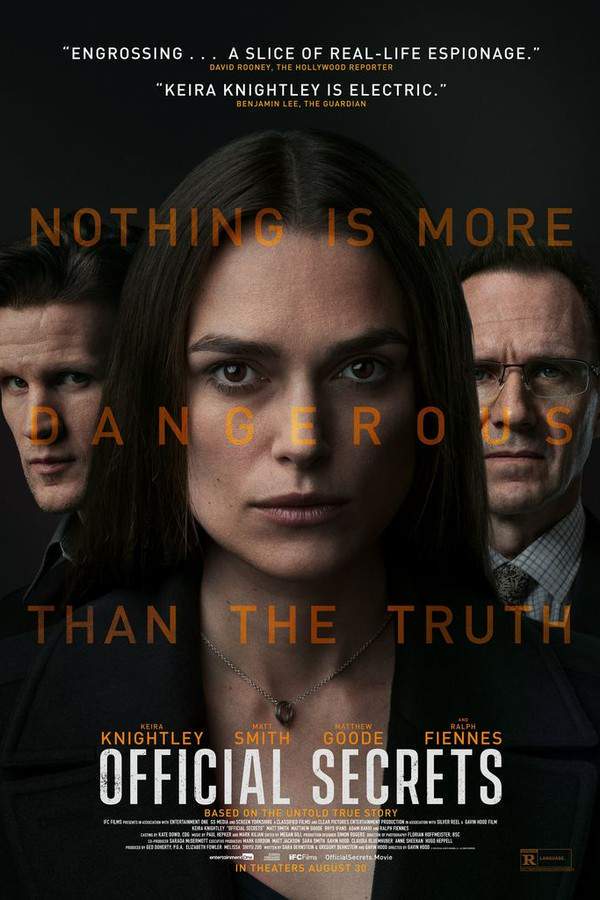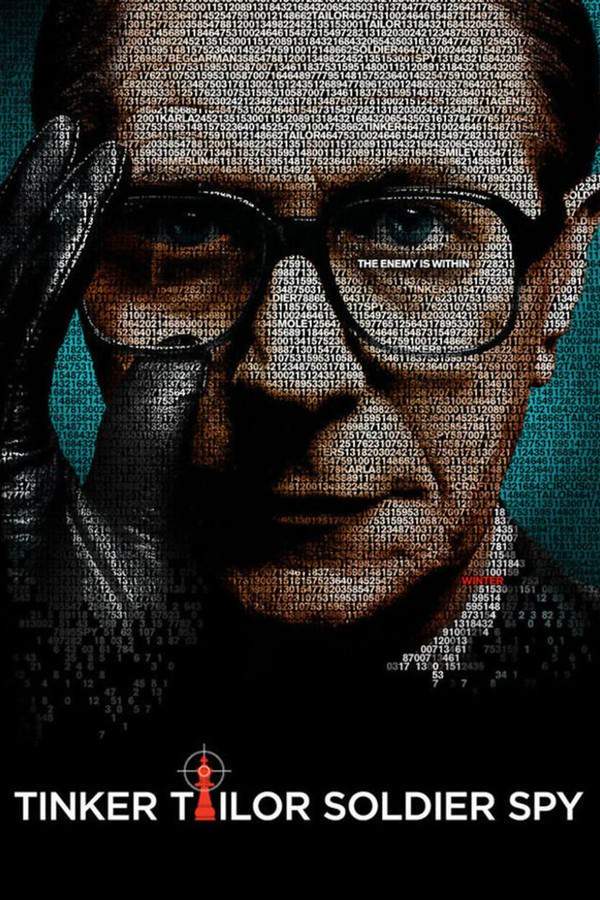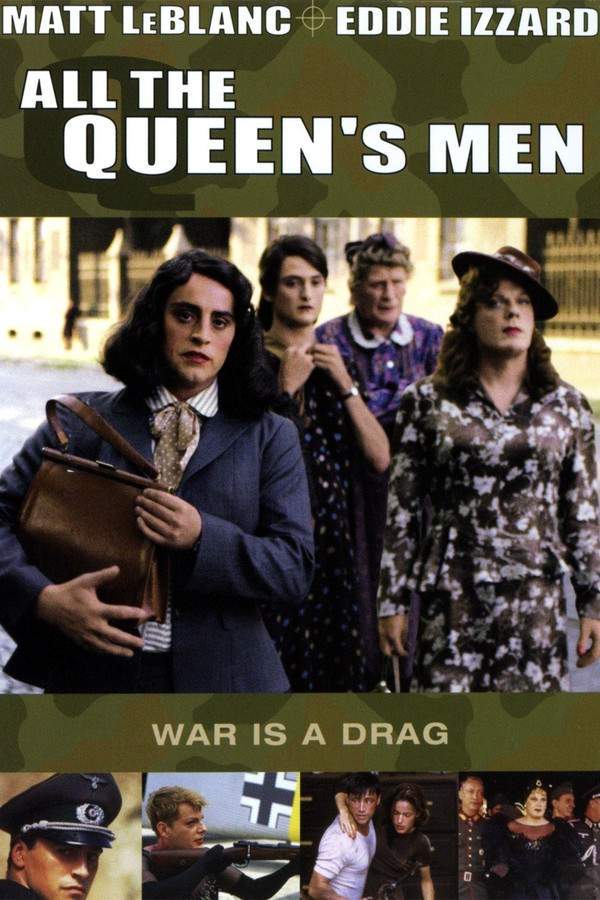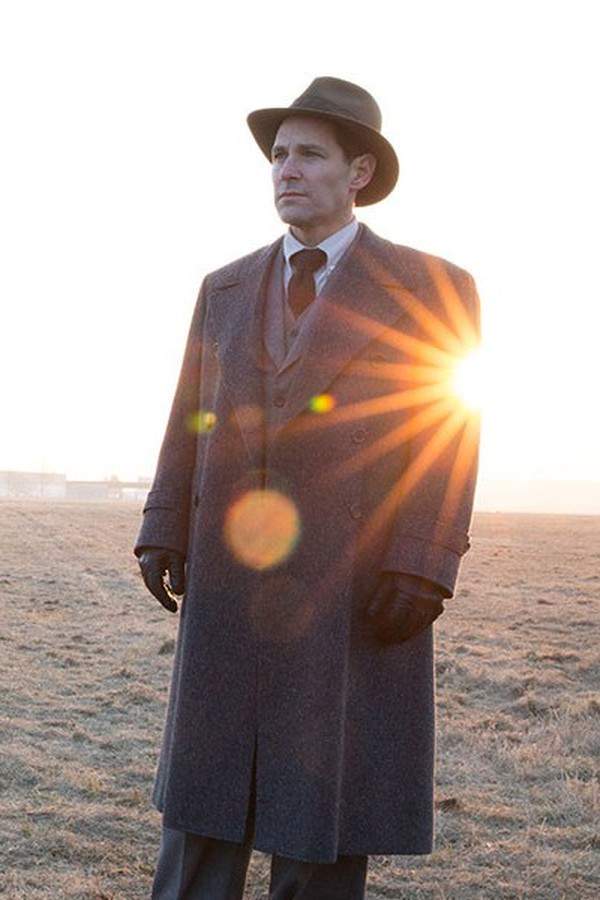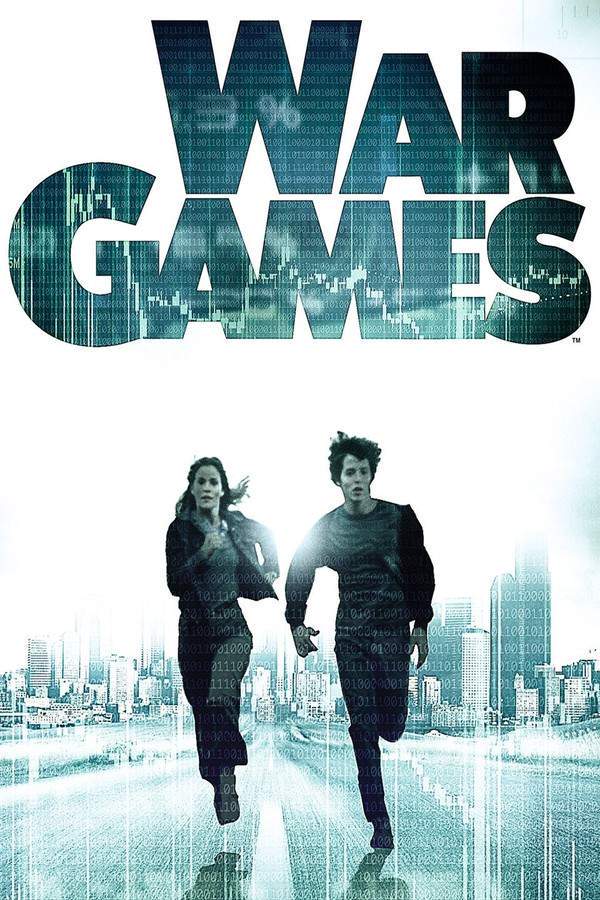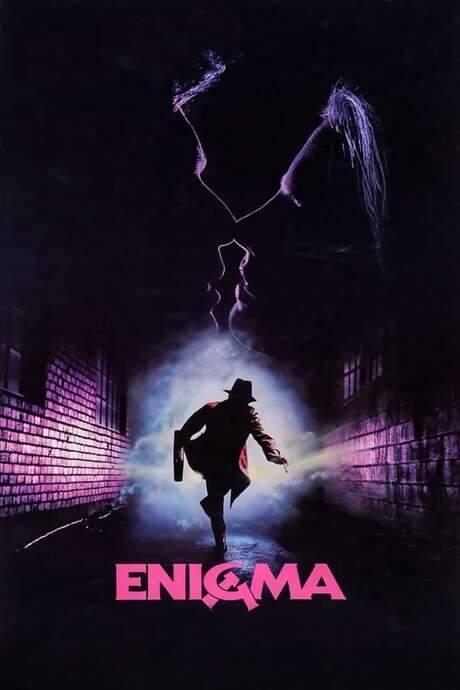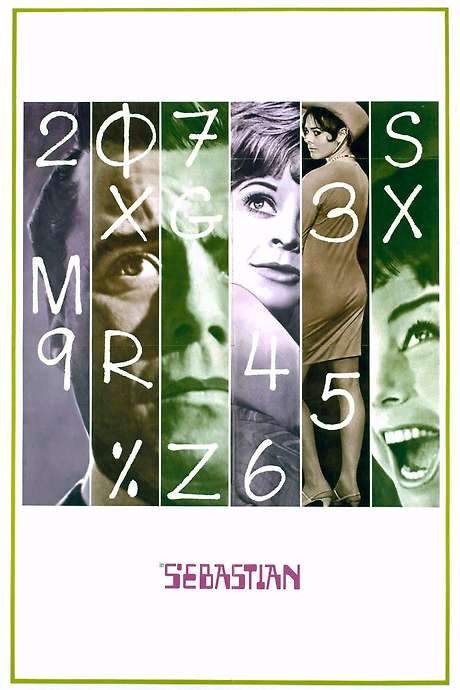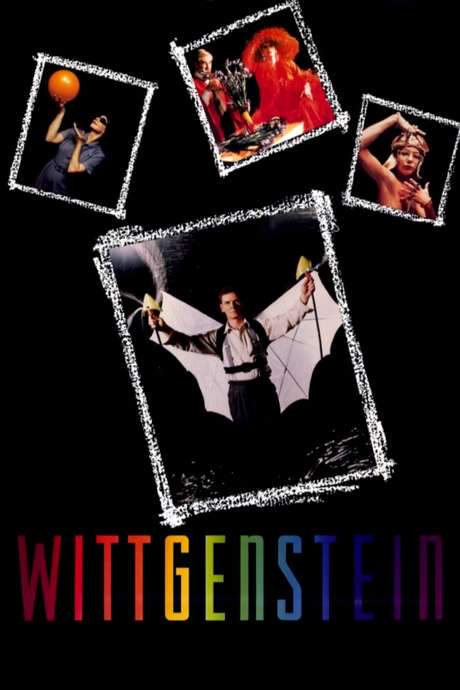The Imitation Game 2014
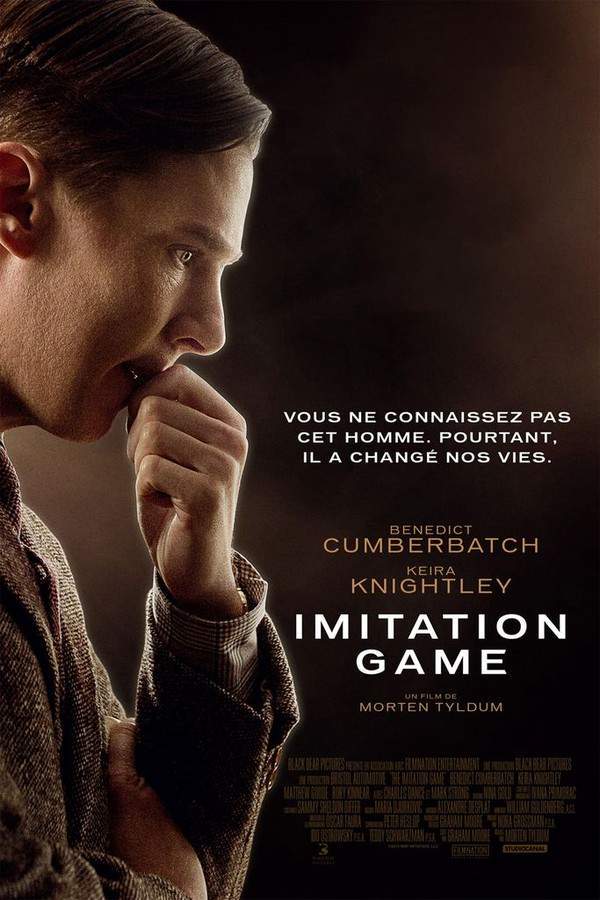
In 1952, the arrest of Alan Turing, a brilliant mathematician, disrupts his quiet life. Despite being a war hero who played a pivotal role in cracking German Enigma codes with his team, he is accused of "gross indecency." The story explores his groundbreaking work during World War II and the personal struggles he faced, revealing the impact of his contributions to modern computing and the consequences of the time's intolerance.
Does The Imitation Game have end credit scenes?
No!
The Imitation Game does not have end credit scenes. You can leave when the credits roll.
Meet the Full Cast and Actors of The Imitation Game
Explore the complete cast of The Imitation Game, including both lead and supporting actors. Learn who plays each character, discover their past roles and achievements, and find out what makes this ensemble cast stand out in the world of film and television.
External Links and Streaming Options
Discover where to watch The Imitation Game online, including streaming platforms, rental options, and official sources. Compare reviews, ratings, and in-depth movie information across sites like IMDb, TMDb, Wikipedia or Rotten Tomatoes.
Ratings and Reviews for The Imitation Game
See how The Imitation Game is rated across major platforms like IMDb, Metacritic, and TMDb. Compare audience scores and critic reviews to understand where The Imitation Game stands among top-rated movies in its genre.

71
Metascore
8.0
User Score


90%
TOMATOMETER

91%
User Score

8.0 /10
IMDb Rating

80
%
User Score

3.8
From 6K fan ratings
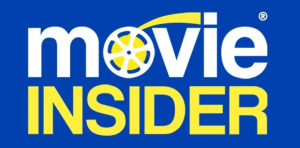
4.22/5
From 65 fan ratings
Take the Ultimate The Imitation Game Movie Quiz
Challenge your knowledge of The Imitation Game with this fun and interactive movie quiz. Test yourself on key plot points, iconic characters, hidden details, and memorable moments to see how well you really know the film.
The Imitation Game Quiz: Test your knowledge on the intricacies and historical context of 'The Imitation Game'.
What year does the film 'The Imitation Game' primarily take place in?
1939
1942
1951
1955
Show hint
Awards & Nominations for The Imitation Game
Discover all the awards and nominations received by The Imitation Game, from Oscars to film festival honors. Learn how The Imitation Game and its cast and crew have been recognized by critics and the industry alike.
87th Academy Awards 2015



Film Editing
Best Picture
Production Design
Writing (Adapted Screenplay)
68th British Academy Film Awards 2015
Best Film


Best Adapted Screenplay
Best Costume Design
Best Editing
Best Production Design
Best Sound
Outstanding British Film
20th Critics' Choice Awards 2015
Best Picture


Best Acting Ensemble
21st Screen Actors Guild Awards 2015


Outstanding Performance by a Cast in a Motion Picture
67th Directors Guild of America Awards 2015

72nd Golden Globe Awards 2015
Best Motion Picture – Drama


12th Irish Film & Television Academy Awards 2015
International Film sponsored by American Airlines
International Actor
2014 Toronto International Film Festival Awards 2014

Full Plot Summary and Ending Explained for The Imitation Game
Read the complete plot summary of The Imitation Game, including all major events, twists, and the full ending explained in detail. Explore key characters, themes, hidden meanings, and everything you need to understand the story from beginning to end.
Based on a remarkable true story, we hear the voice of Alan Turing, who boldly asserts, > “Are you paying attention? Good. If you’re not listening carefully, you will miss things. Important things.”
The narrative unfolds in 1951, amidst the backdrop of Manchester, England. Following a burglary at his home, Alan Turing, now a professor at Cambridge, is interrogated by the police. His dismissive attitude raises suspicions among the officers, suggesting that he may be harboring secrets.
The film flashes back to September 1939, when war is declared and 800,000 children are evacuated from their homes. A 27-year-old Alan Turing, played by Benedict Cumberbatch, boards a train and observes a child engrossed in crossword puzzles. Upon arriving at Bletchley Park, protected by Royal Naval officers, he meets Commander Denniston. Alan’s cold demeanor during the job interview leaves the Commander perplexed as Alan admits he’s neither interested in politics nor speaks German. However, when he mentions “Enigma,” the name of the top-secret program, curiosity piques.
Alan, now part of the Enigma team, joins forces with fellow code-breakers, including Peter Hilton, John Cairncross, Hugh Alexander, and others. They obtain an Enigma machine but struggle to decode messages due to encryption changes every midnight. Hugh, the chess champion, forecasts the staggering 159 million million million possibilities they must navigate. Alan’s reluctance to conform to teamwork leads to tensions, but the urgency imposed by the war compels them to collaborate.
Returning to 1951, detective Robert Nock uncovers that Alan’s records are classified. His investigation leads him down a rabbit hole of secrecy. In another timeline, Alan expresses frustration to Commander Denniston about the lack of funding for his vital machine, insisting that only a machine can best another machine.
The narrative revisits Alan’s childhood memories, highlighting his struggles with OCD and bullying. Young Alan forms a bond with Christopher Morcom, who inspires him with a book on codes and cryptography. In an effort to recruit new team members, Alan decides to place a complex crossword puzzle in newspapers, and among the applicants is the brilliant Joan Clarke, played by Keira Knightley. Joan impresses the group by solving a challenging puzzle, securing her place as a key contributor.
As the war escalates, Alan’s worries deepen, especially regarding Joan’s role. Striking a deal with Commander Menzies, he gets more funding to enhance his machine, affectionately named “Christopher.” Joan promptly joins the Bletchley Park team, reinforcing their fight against the Nazis.
In 1941, as the team finally operates the first digital computer, they encounter setbacks when critical codes remain unbroken. Tensions rise as Alan grapples with personal issues regarding his sexuality, which threatens to derail his professional efforts. The danger of being exposed looms large, leading to emotional confrontation with Joan.
Ultimately, Alan faces a harrowing choice as they finally crack the Enigma code, realizing the devastating implications of their success on innocent lives. An external call to action confronts them with the reality of decisions that dictate who lives and who dies. Meanwhile, relational complexities between Alan and Joan unfold, revealing the nature of their bond amidst adversity.
By 1951, as the story culminates, Alan stands trial for his homosexuality, leading to a cruel governmental decision to subject him to hormonal therapy. The narrative closes with a poignant reunion between Alan and Joan, reflecting on their past partnerships and the monumental impact of their work during the war.
Alan’s tragic end in 1954 serves as a somber reminder of the societal injustices faced by individuals like him, who saved countless lives yet were persecuted for their identities. A posthumous pardon by Queen Elizabeth II in 2013 reminds us of the enduring legacy of his innovative genius, which shaped modern computing and preserved history.
Uncover the Details: Timeline, Characters, Themes, and Beyond!

Coming soon on iOS and Android
The Plot Explained Mobile App
From blockbusters to hidden gems — dive into movie stories anytime, anywhere. Save your favorites, discover plots faster, and never miss a twist again.
Sign up to be the first to know when we launch. Your email stays private — always.
Watch Trailers, Clips & Behind-the-Scenes for The Imitation Game
Watch official trailers, exclusive clips, cast interviews, and behind-the-scenes footage from The Imitation Game. Dive deeper into the making of the film, its standout moments, and key production insights.
Cars Featured in The Imitation Game
Explore all cars featured in The Imitation Game, including their makes, models, scenes they appear in, and their significance to the plot. A must-read for car enthusiasts and movie buffs alike.
The Imitation Game Themes and Keywords
Discover the central themes, ideas, and keywords that define the movie’s story, tone, and message. Analyze the film’s deeper meanings, genre influences, and recurring concepts.
The Imitation Game Other Names and Titles
Explore the various alternative titles, translations, and other names used for The Imitation Game across different regions and languages. Understand how the film is marketed and recognized worldwide.
Articles, Reviews & Explainers About The Imitation Game
Stay updated on The Imitation Game with in-depth articles, critical reviews, and ending explainers. Explore hidden meanings, major themes, and expert insights into the film’s story and impact.
Similar Movies To The Imitation Game You Should Know About
Browse a curated list of movies similar in genre, tone, characters, or story structure. Discover new titles like the one you're watching, perfect for fans of related plots, vibes, or cinematic styles.
Quick Links: Summary, Cast, Ratings, More

What's After the Movie?
Not sure whether to stay after the credits? Find out!
Explore Our Movie Platform
New Movie Releases (2025)
Famous Movie Actors
Top Film Production Studios
Movie Plot Summaries & Endings
Major Movie Awards & Winners
Best Concert Films & Music Documentaries
Movie Collections and Curated Lists
© 2025 What's After the Movie. All rights reserved.

















